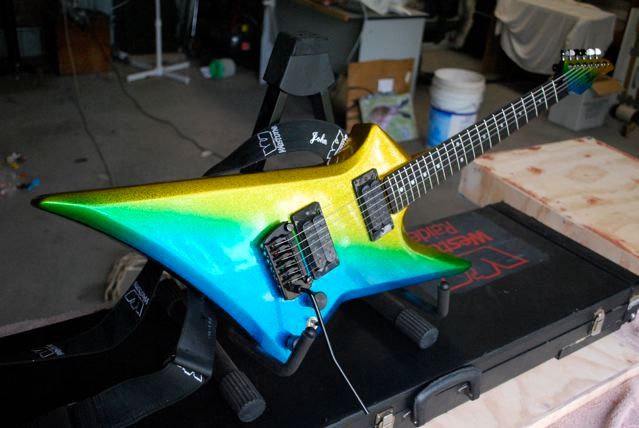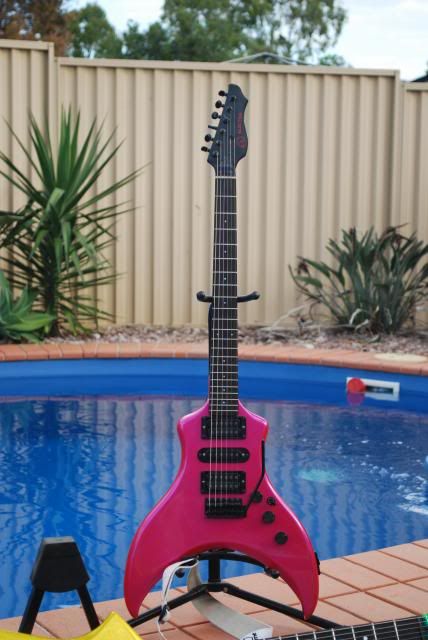|
Home Index of Models The Electra Forums PM Inbox |
|
|
All times are UTC - 8 hours |
 
|
Page 1 of 1 |
[ 9 posts ] |
|
| Author | Message | |||
|---|---|---|---|---|
| Sailrick |
|
|||
|
Joined: Sat Jun 04, 2016 11:32 pm Posts: 55 Location: San Rafael, CA |
|
|||
| Top | |
|||
| mortarman120gang11c |
|
||||
|
Joined: Mon Oct 27, 2008 7:10 pm Posts: 3051 Location: Tifton, Ga USA |
|
||||
| Top | |
||||
| corsair |
|
||||
|
Joined: Fri Jun 08, 2007 2:06 am Posts: 1087 Location: Mount Hunter, New South Wales, Australia |
|
||||
| Top | |
||||
| Sailrick |
|
|||
|
Joined: Sat Jun 04, 2016 11:32 pm Posts: 55 Location: San Rafael, CA |
|
|||
| Top | |
|||
| corsair |
|
||||
|
Joined: Fri Jun 08, 2007 2:06 am Posts: 1087 Location: Mount Hunter, New South Wales, Australia |
|
||||
| Top | |
||||
| Sailrick |
|
|||
|
Joined: Sat Jun 04, 2016 11:32 pm Posts: 55 Location: San Rafael, CA |
|
|||
| Top | |
|||
| Sailrick |
|
|||
|
Joined: Sat Jun 04, 2016 11:32 pm Posts: 55 Location: San Rafael, CA |
|
|||
| Top | |
|||
| vballr |
|
|||
|
Joined: Mon May 30, 2016 8:24 pm Posts: 43 Location: Oak Ridge Tennessee |
|
|||
| Top | |
|||
| Sailrick |
|
|||
|
Joined: Sat Jun 04, 2016 11:32 pm Posts: 55 Location: San Rafael, CA |
|
|||
| Top | |
|||
 
|
Page 1 of 1 |
[ 9 posts ] |
|
All times are UTC - 8 hours |
Who is online |
Users browsing this forum: No registered users and 2 guests |
| You cannot post new topics in this forum You cannot reply to topics in this forum You cannot edit your posts in this forum You cannot delete your posts in this forum |



